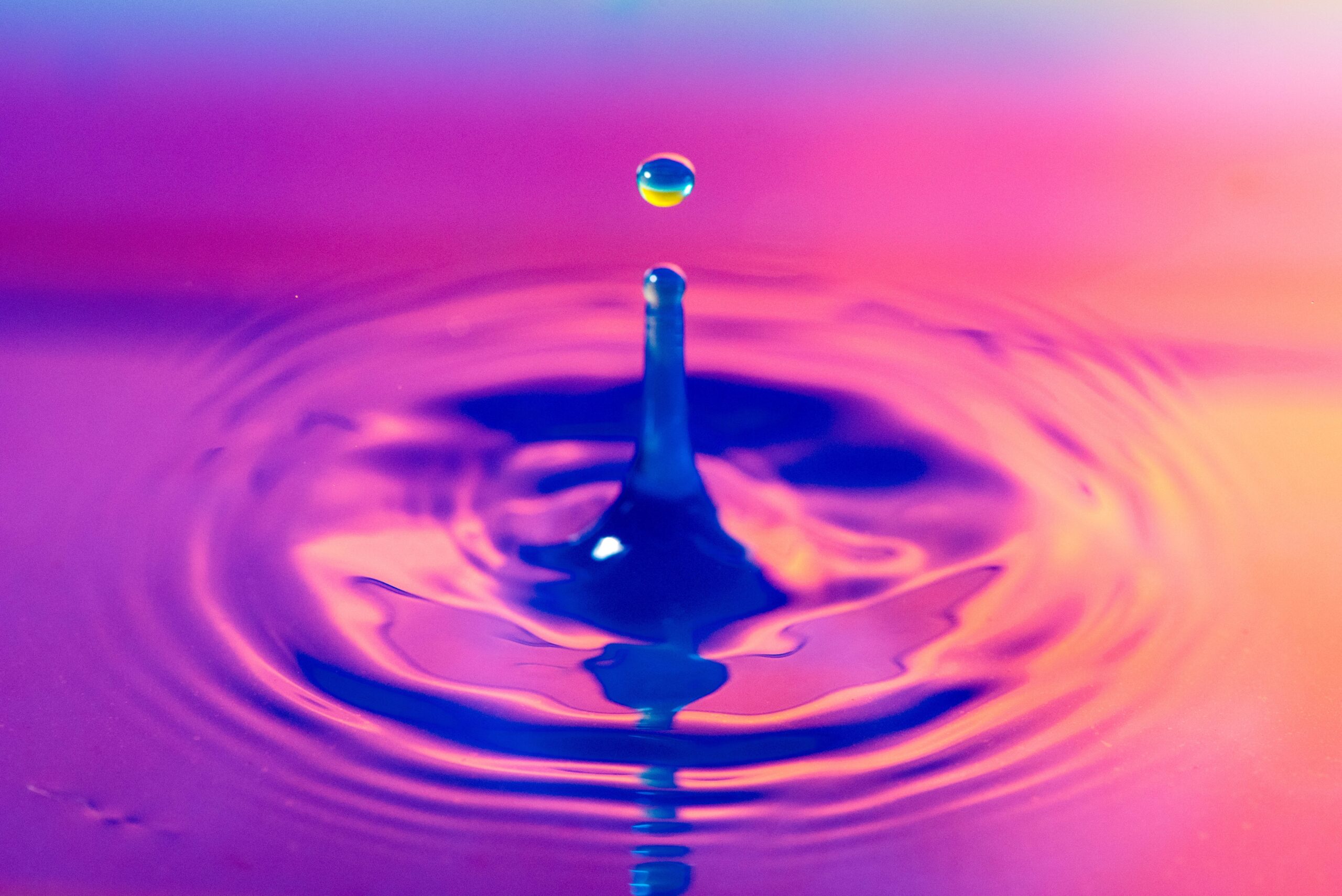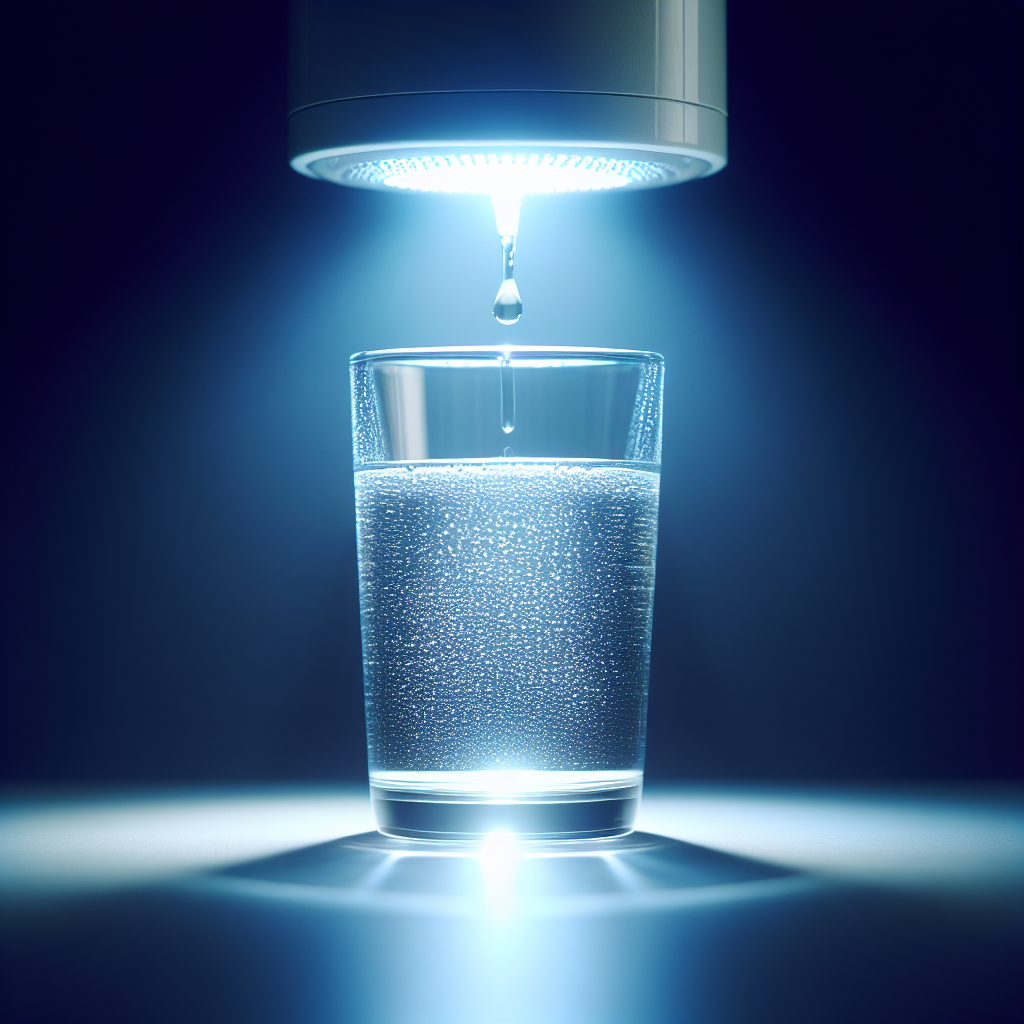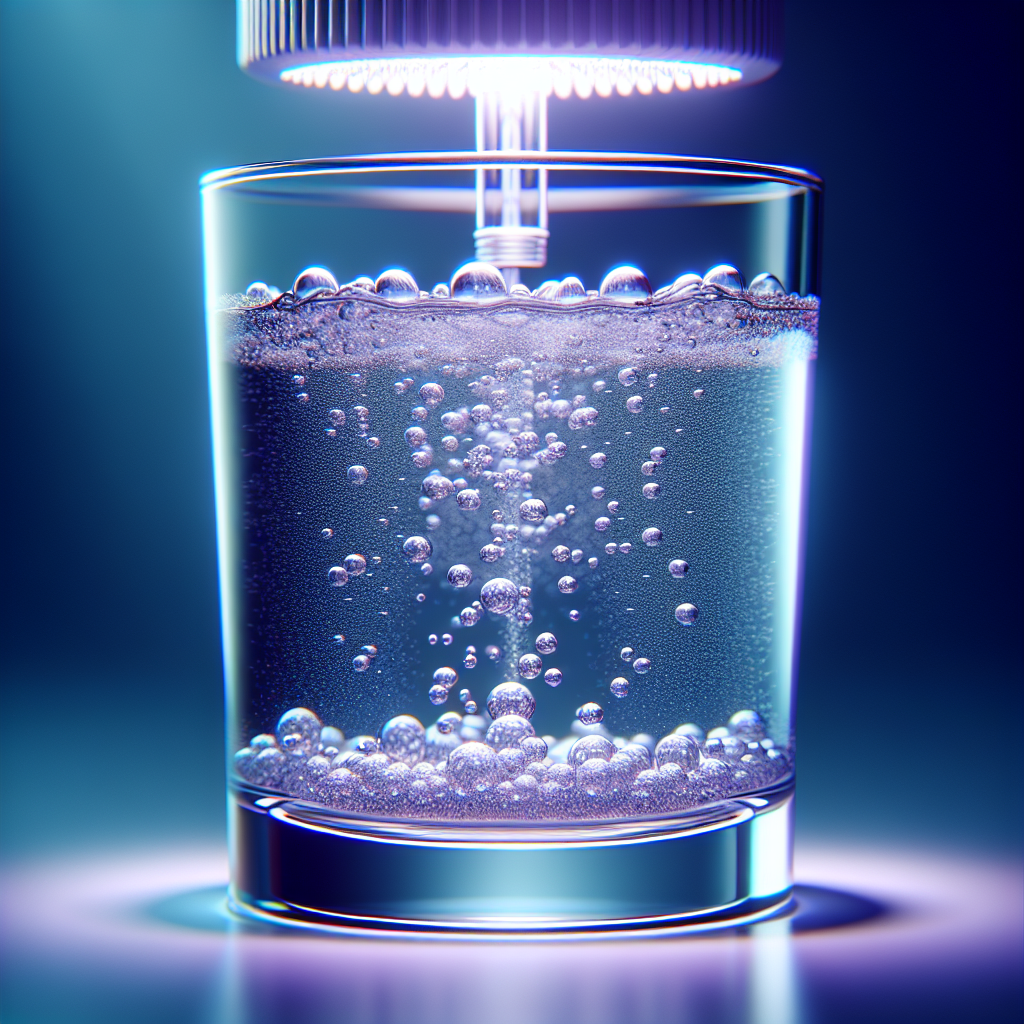You rely on your well water for everything from drinking and cooking to bathing and laundry, so ensuring its safety is of utmost importance. But have you ever wondered how to effectively eliminate harmful microorganisms lurking in your water? That’s where UV treatment comes in. By using ultraviolet light to target and neutralize bacteria, viruses, and other harmful pathogens, UV treatment offers a gentle yet powerful solution to protect your well water and keep it safe for daily use. In this article, we will explore the vital role that UV treatment plays in ensuring the safety of your well water.

Understanding Well Water Safety
When it comes to ensuring the safety of your well water, it is essential to be aware of the potential risks associated with it. Well water can harbor contaminants such as bacteria, viruses, and parasites, which can pose a threat to your health if consumed untreated. Therefore, it is crucial to take proper measures to ensure the safety of your well water supply, and UV treatment is one of the most effective methods available.
Risks Associated with Well Water
Well water is susceptible to various contaminants due to its direct exposure to the environment. The groundwater can become contaminated with bacteria from animal waste, pesticides from agricultural activities, and other harmful substances. If consumed without proper treatment, these contaminants can lead to waterborne illnesses, diarrhea, and other health issues. Understanding the risks associated with well water is the first step towards taking preventive measures to ensure its safety.
Importance of Ensuring Well Water Safety
Ensuring the safety of your well water is not only crucial for your health but also for the well-being of your family. Contaminated well water can result in illness, which may have serious consequences, especially for children, older adults, and individuals with weakened immune systems. By taking the necessary steps to ensure the safety of your well water, you are creating a healthy living environment for yourself and your loved ones.
Introduction to UV Treatment
UV treatment has emerged as an effective and reliable method for disinfecting well water. It involves the use of ultraviolet light to eliminate microorganisms, such as bacteria, viruses, and parasites, thereby making the water safe for consumption. UV treatment is becoming increasingly popular due to its numerous advantages and its ability to provide chemical-free disinfection.

Explanation of UV Treatment
UV treatment utilizes ultraviolet light to inactivate microorganisms present in well water. When the water passes through a UV chamber, it is exposed to UV rays emitted by a specialized lamp. These UV rays penetrate the cell walls of microorganisms and disrupt their DNA, effectively rendering them unable to reproduce and causing their deactivation. This process is known as germicidal irradiation and is highly effective in eliminating harmful microorganisms.
How UV Treatment Works
UV treatment relies on the principle of using specific wavelengths of UV light, primarily UV-C light, to kill microorganisms in well water. The UV light damages the DNA of the microorganisms, preventing their ability to multiply and cause infections. This method is safe, efficient, and does not alter the water’s chemistry, taste, or odor.

Advantages of UV Treatment
Chemical-Free Disinfection
One of the significant advantages of using UV treatment for well water is that it does not require the addition of chemicals. Unlike other disinfection methods like chlorination, UV treatment eliminates the need for potentially harmful chemicals that may have adverse effects on your health and the environment.
Effective against Microorganisms
UV treatment is highly effective in inactivating a wide range of microorganisms. It has been proven to destroy bacteria, viruses, and parasites, providing reliable disinfection and ensuring the safety of your well water. This method offers peace of mind, knowing that your water is free from potentially harmful pathogens.
No Flavor or Odor Alteration
Unlike some other disinfection methods, UV treatment does not lead to any alteration in the taste or odor of the treated water. This is beneficial as it allows you to continue enjoying the natural taste of your well water without any unwanted changes.
UV Treatment vs. Other Methods
Comparison with Chlorination
One of the most commonly used methods for well water disinfection is chlorination. While chlorination is effective in killing most microorganisms, it requires the use of chemicals such as chlorine or bleach. On the other hand, UV treatment provides a chemical-free alternative, making it a safer option for ensuring the safety of your well water.
Comparison with Filtration Systems
Filtration systems can help in removing physical impurities from well water but may not effectively eliminate microorganisms. UV treatment, on the other hand, offers a comprehensive solution by effectively destroying bacteria, viruses, and parasites without the need for additional filters. It provides a higher level of protection against waterborne pathogens.

Installation and Maintenance
Choosing the Right UV System
When considering UV treatment for your well water, it is essential to choose the right UV system for your specific needs. Factors to consider include the flow rate of your well water, the size of your household, and any specific water quality concerns you may have. Consulting with a knowledgeable professional can help you select a UV system that meets your requirements and ensures optimal disinfection.
Installation Process
The installation process for a UV system is relatively straightforward and can be carried out by a qualified professional. The UV system is typically installed near the point of entry of the well water into your home. The water flows through the UV chamber, where it is exposed to the UV light, and then continues into your plumbing system, providing you with treated and safe water.
Proper Maintenance Practices
To ensure the effectiveness of your UV treatment system, it is crucial to follow proper maintenance practices. This includes regularly checking for any faults or malfunctions in the system, cleaning the quartz sleeve that protects the UV lamp, and replacing the UV lamp as recommended by the manufacturer. Maintaining your UV system will help ensure that it continues to provide reliable disinfection and keeps your well water safe.
Testing and Monitoring
Frequency of Testing
Regular testing of your well water is essential to monitor its quality and ensure the effectiveness of your UV treatment system. It is recommended to test your well water at least once a year for bacteria, pH levels, and other parameters to ensure that it meets the necessary safety standards. Additionally, if you notice any changes in the taste, appearance, or odor of your water, it is advisable to conduct immediate testing.
Monitoring UV System Performance
Monitoring the performance of your UV system is critical to ensure that it continues to function optimally. Most UV systems have built-in monitoring features, such as indicator lights or alarms, that indicate whether the system is working correctly. Regularly checking and maintaining these monitoring features will provide you with peace of mind knowing that your UV treatment system is effectively disinfecting your well water.

Ensuring Effectiveness of UV Treatment
Quality of Water Source
The quality of your well water source plays a vital role in the effectiveness of UV treatment. It is important to ensure that your well is properly constructed, located away from potential sources of contamination, and regularly maintained. Regular testing of your water quality will help identify any potential issues and provide you with valuable information to maintain the effectiveness of your UV treatment system.
Proper System Sizing
Choosing the right UV system size is crucial to ensure that your well water receives optimal disinfection. Under-sizing the system may result in inadequate disinfection, while oversizing may lead to unnecessary energy consumption. Consulting with a professional and considering the flow rate and other factors specific to your well water will help ensure proper system sizing for effective treatment.
Replacement of UV Bulbs
The UV lamp in your UV treatment system is responsible for emitting the germicidal UV light that inactivates microorganisms. Over time, the UV lamp loses its effectiveness, resulting in the deterioration of disinfection capabilities. Regularly replacing the UV lamp as recommended by the manufacturer will help maintain the efficiency and effectiveness of your UV treatment system.
Regulations and Guidelines
Standards for UV Systems
UV treatment systems for well water must meet certain standards and guidelines to ensure their effectiveness and safety. These standards are set by regulatory bodies such as the Environmental Protection Agency (EPA) and ensure that UV systems adhere to specific design, performance, and safety requirements. When choosing a UV treatment system, it is important to select one that meets these established standards.
Certifications and Approvals
In addition to adhering to standards, UV treatment systems may also undergo certifications and approvals from recognized organizations. These certifications provide an extra level of assurance that the product has passed rigorous testing and meets the necessary performance and safety criteria. Look for UV systems that have been certified by reputable organizations such as NSF International to ensure their quality and reliability.
Common Misconceptions about UV Treatment
Myth: UV Treatment Removes All Contaminants
While UV treatment is highly effective in inactivating microorganisms, it does not remove all contaminants from well water. UV treatment primarily addresses microbiological concerns and may not eliminate physical impurities, chemicals, or heavy metals. It is important to have a comprehensive understanding of the contaminants present in your well water and consider additional treatment methods if necessary.
Myth: UV Treatment is Expensive
Contrary to popular belief, UV treatment is a cost-effective solution for well water disinfection in the long run. Although the initial cost of purchasing and installing a UV system may vary, its minimal maintenance requirements and the absence of ongoing chemical usage make it an economical choice. Additionally, the health benefits and peace of mind it offers outweigh the perceived expense.
Conclusion
In conclusion, UV treatment plays a crucial role in ensuring the safety of well water. By effectively eliminating harmful microorganisms without the use of chemicals, UV treatment provides a reliable and sustainable solution for disinfection. With its numerous advantages, such as chemical-free disinfection and no flavor or odor alteration, UV treatment offers a superior alternative to other methods of well water disinfection. By following proper installation, maintenance, and monitoring practices, along with adhering to regulations and guidelines, you can ensure the effectiveness of UV treatment and safeguard your well water. UV treatment is not only a crucial component of well water safety today, but also promises to be a significant part of the future of water treatment technology.

